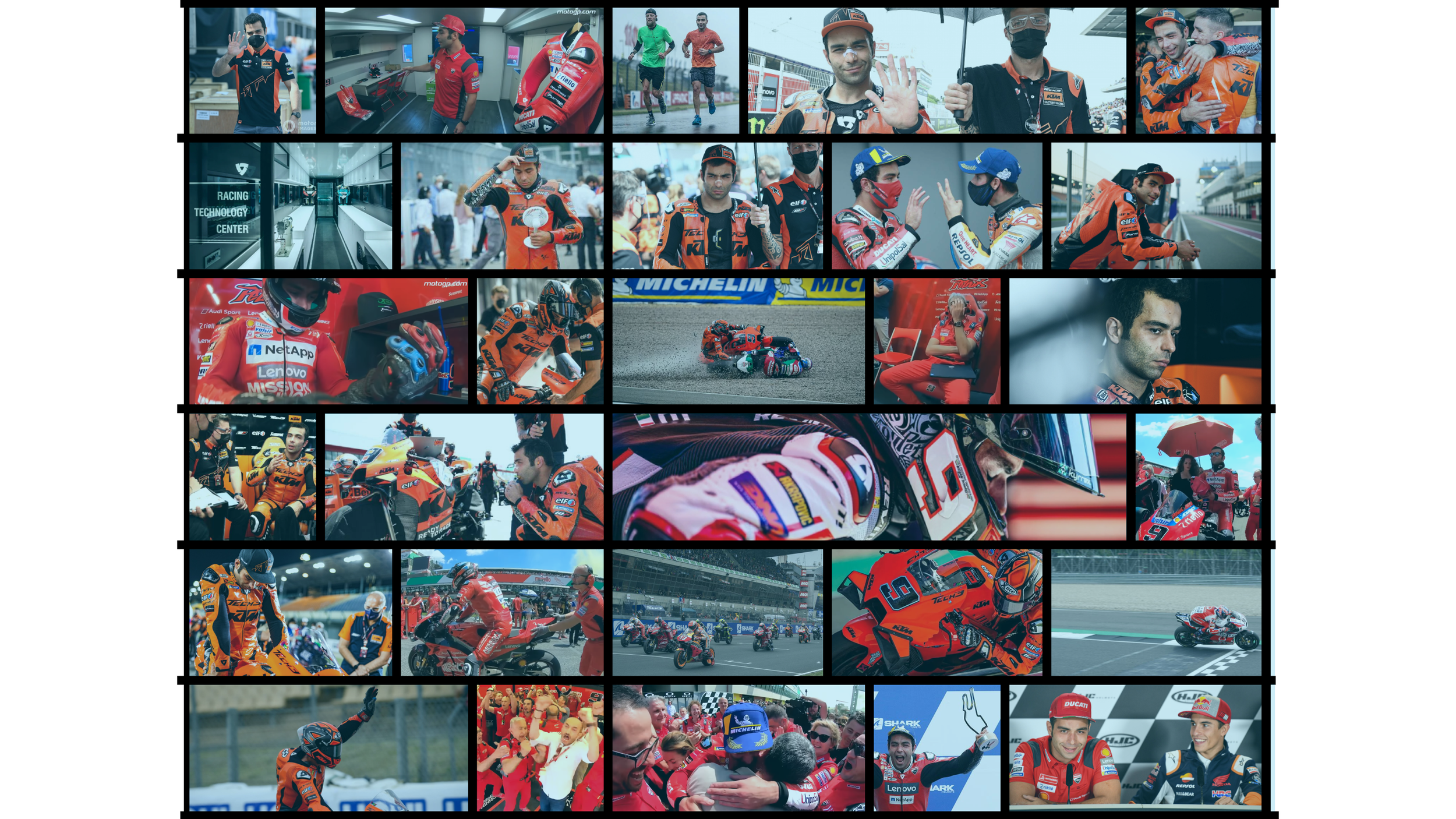Graduation Project
Integrated Product Design
Revving up Rider Safety: Reducing the Risk of Hindfoot Hyper-Rotation in the MotoGP
My Thesis
REV'IT! is an international leader in motorcycle gear, based in the Netherlands. They sponsor MotoGP riders and want to expand their product portfolio to include racing boots. Currently, riders must take out a separate sponsorship deal with their competitors just for the boots, increasing the risk of losing them to one of their competitors.
As part of my graduation project, they asked me to look into racing boots in general and develop a concept for the most relevant component. As a result, I researched the riders, context, brand identity, crash mechanics, ergonomics, biomechanics, safety standards and regulations, materials and competition by doing literary research and a co-creation session with their riders combined with questionnaires and interviews with riders and gear and racing experts.
Consequently, I identified multiple areas of improvement for the boots, but the most impactful part was the ankle brace that is incorporated into the boots. Ankle injuries are prevalent and even though the riders are tougher than average, a severe injury could lead to missing a race, which impacts the chances of winning. Therefore, I set out to design a concept that would be better than the currently available options. The impact of the brace on injury has not been proven yet, but the riders experience a difference. Yet, ankle injuries still prevail.
Finding The Right Solution
Naturally you could lock the feet in concrete blocks to prevent ankle injury, but that would result in a whole new set of problems. It became clear that the perfect result is a perfect balance between protection, freedom of movement, tactile feel, grip, weight and comfort. Also, this balance greatly differs per rider, so personalisation would be of added value.
Based on the problem statement, design drivers and a new deep research dive into lower legs and injury patterns, I could start my concept ideation. Multiple rounds of prototypes (9) and compression tests, I finally found a concept that outperformed the currently available ankle braces. It took 2.1 (plantar flexed) to even 7.0 (in a neutral foot position) times more force to invert the ankle brace beyond the point of comfortable inversion. Meaning it absorbs more impact energy during a crash.
The Solution
The concept combines a comfortable, lightweight and low-profile pivoting 3D printed PA11 hard part based on a 3D scan of the rider with six reinforcing Dyneema® strings that mimic the ligamentous structures of the ankle in terms of placement and functionality. It allows for the complete active range of motion in the direction of plantar and dorsiflexion while limiting inversion and eversion in all flexion positions. The strings allow for the personalisation of the amount of limitation based on rider anatomy and preferences.
The Fundamentals









